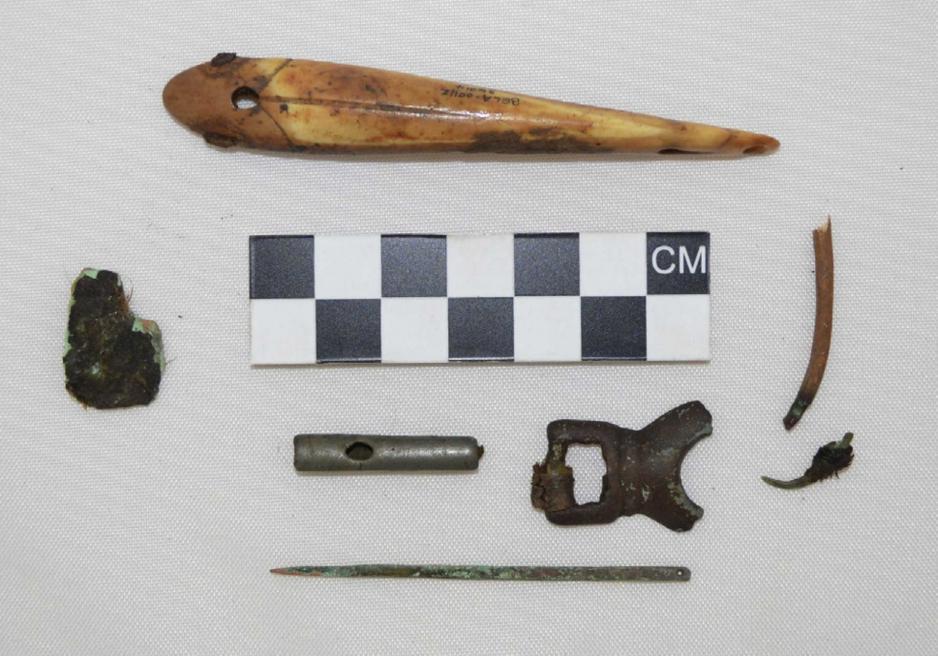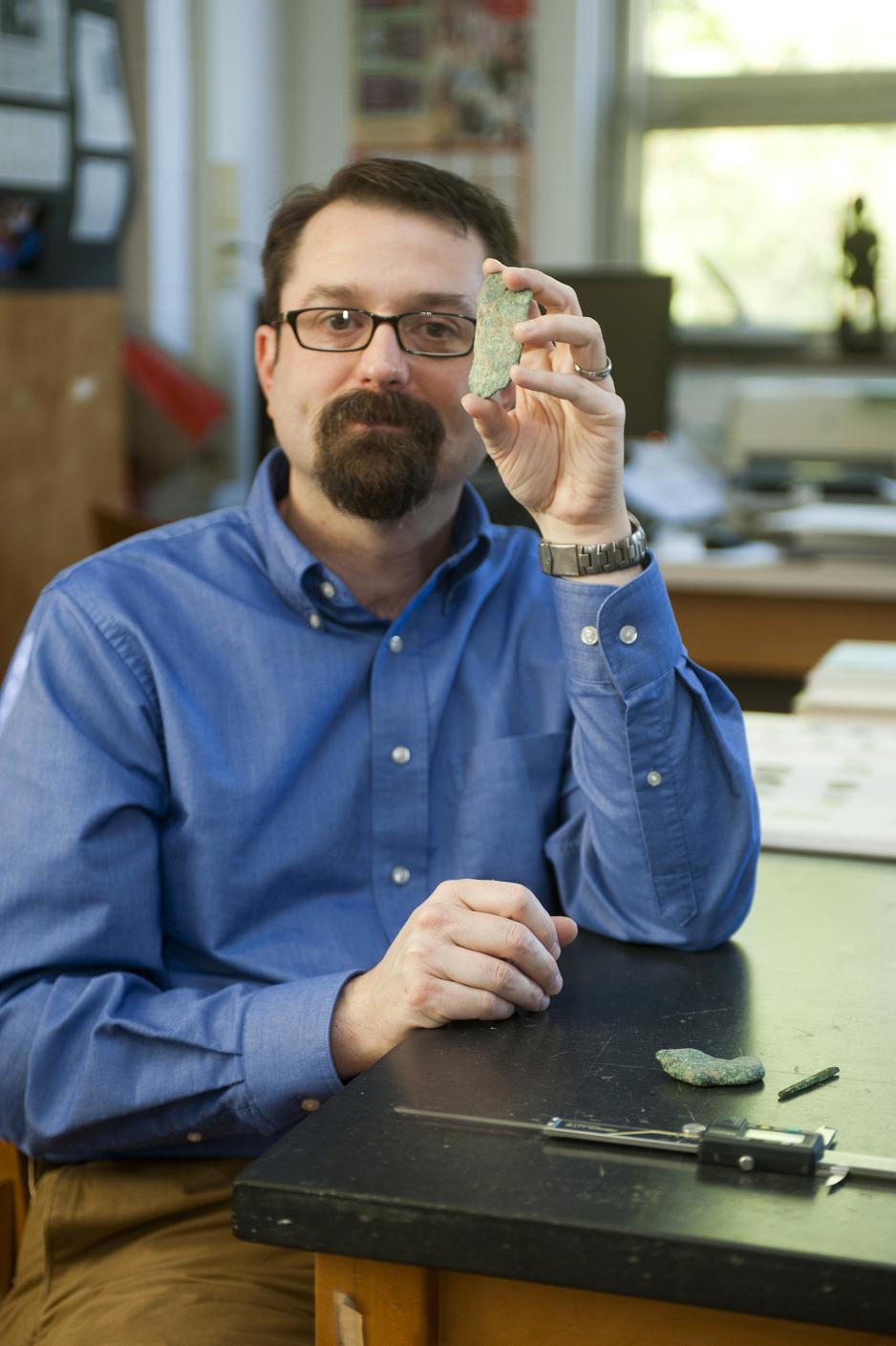The Arctic Silk Road of the 21th Century

The recent sea ice melt and subsequent shipping opportunities have spurred many to call the Arctic the Silk Road of the 21st Century. But a new discovery shows that Asians and North Americans have been partners in trade for millennium.
Long before icebreakers piled with good-heavy containers skirted the Siberian coastlines en route to Western markets, the pre-historic peoples of North America were trading with their Asian counterparts across the North Pole.
New evidence in the form of two heavily leaded bronze artifacts – a cylindrical bead and a fragment of a buckle - excavated from a late prehistoric site at Cape Espenberg, Alaska has demonstrated, for the first time, movement of Eurasian metal across the Bering Strait into North America before Asian markets sustain contact with Europeans.
“The discoveries at Cape Espenberg confirm the movement of Eurasian metal artifacts across the Bering Strait and into northern Alaska (Cape Espenberg actually sits on the Arctic Circle at 66 degrees North) during early and later Inuit times,” says Dr. John F. Hoffecker, a lead researcher of this excavation and a Professor at the Institute of Arctic and Alpine Research at the University of Colorado, Boulder. “Presumably some or all of the metal artifacts were traded across the Bering Strait, but the possibility that some were brought across the Strait, especially by the early Inuit settlers on Ridge 6 (where the earliest Inuit houses are found at Cape Espenberg) cannot be excluded.”
The findings, published in the Journal of Archaeological Science, show that smelted alloys made somewhere in Eurasia were likely traded to Siberia and then across the Bering Strait to ancestral Inuit people known as the Thule culture in Alaska. Funded by the National Science Foundation, the excavation recovered six metal artifacts in total from 2009 to 2011 in Cape Espenberg in house sites dating to the Late Prehistoric Period.
A First in the Arctic
The discovery is not only important in that metal artifacts are rarely found because they were used until worn down entirely; it dates the movement of Eurasians to North America around 1100 to 1300 AD, long before sustained European contact in the late 18th Century.
“Though we already knew a fair bit about interaction between Alaskan and Siberian groups in the Bering Strait region before the arrival of Europeans there in the 1700s, this find is the first solid evidence of material culture from Eurasia (Old World) reaching Alaska/western North America (New World),” says H. Kory Cooper, an Associate Professor of Anthropology at Purdue University who led the artifacts’ metallurgical analysis.
“As far as making the discovery in the lab that the two metal artifacts from a late prehistoric site in Alaska were leaded bronzes, it was pretty exciting to be able to identify such a “first” in archaeology.”
A Race Against Climate Change
While metal artifacts like the recent findings of prehistoric Eurasian-made metals in Alaska are relatively safe from warmer temperatures and melting ice, the Arctic is also home to thousands of endangered organic artifacts that represent important pieces of the world’s cultural heritage.
Animal bones, hunting tools, and Inuit sod houses, once exposed from thaw permafrost, melting ice, and shoreline erosion often decay at an accelerated rate, destroying contextual information that is crucial to reconstructing past human activities or being lost in their entirety. Another study published earlier this year in Nature concludes that “organic archaeology in the Arctic is facing a critical challenge that requires international attention.”
With each storm, longer season of summer ice melt, and record-breaking temperatures, the Arctic is losing dozens of archeological sites – their stories, secrets, and even lessons of how to live through climate changes – to a warmer world.

